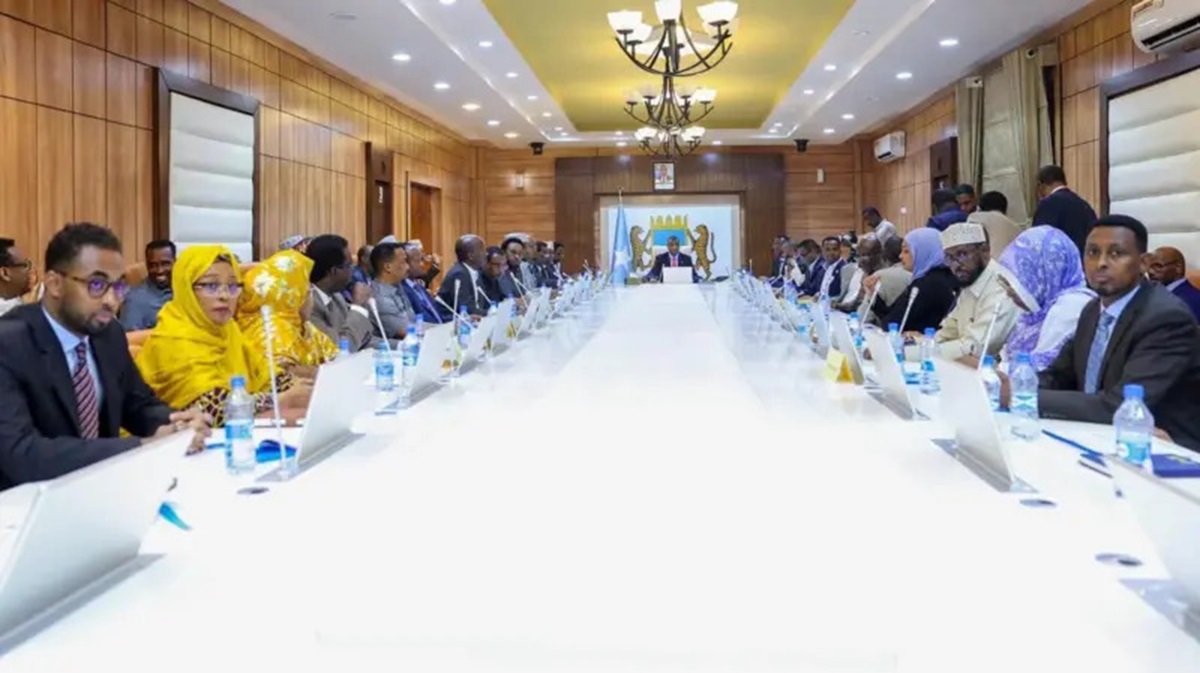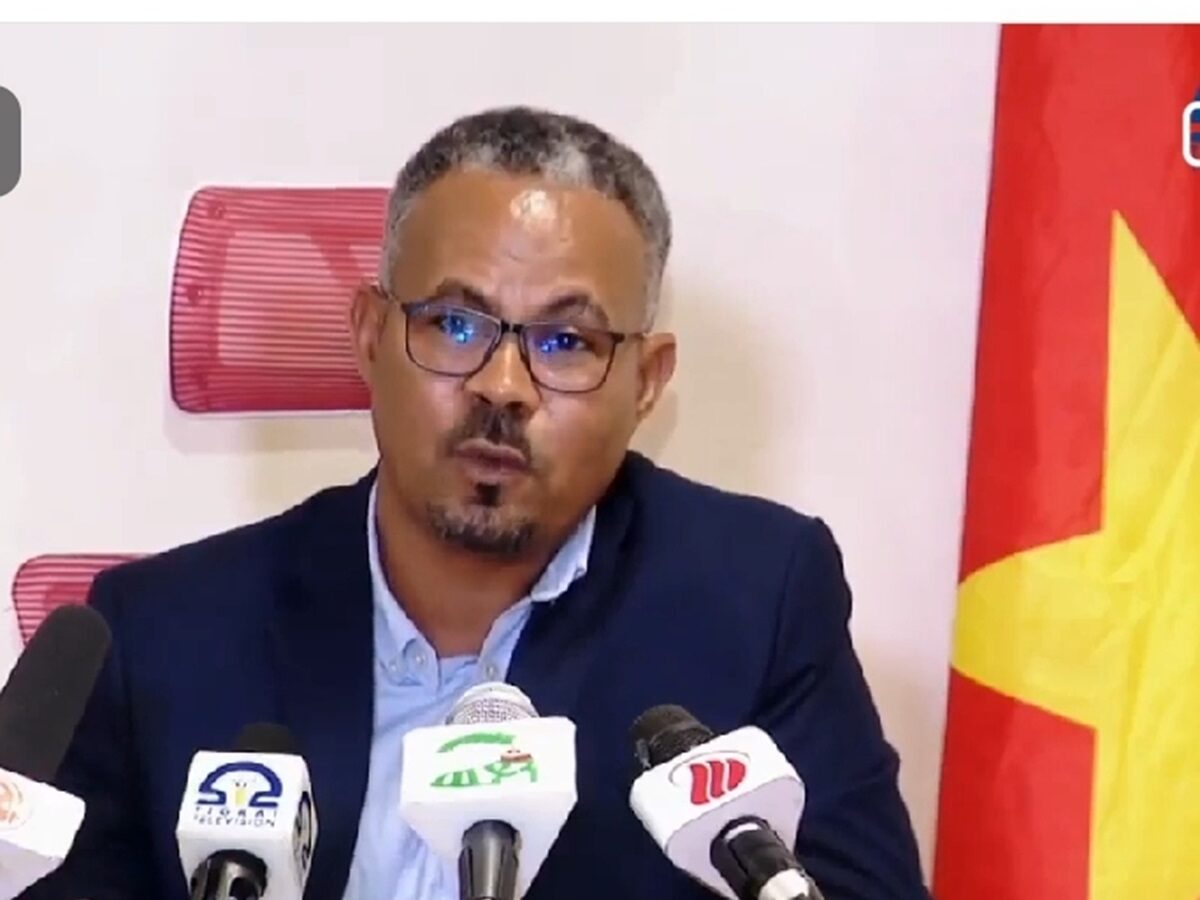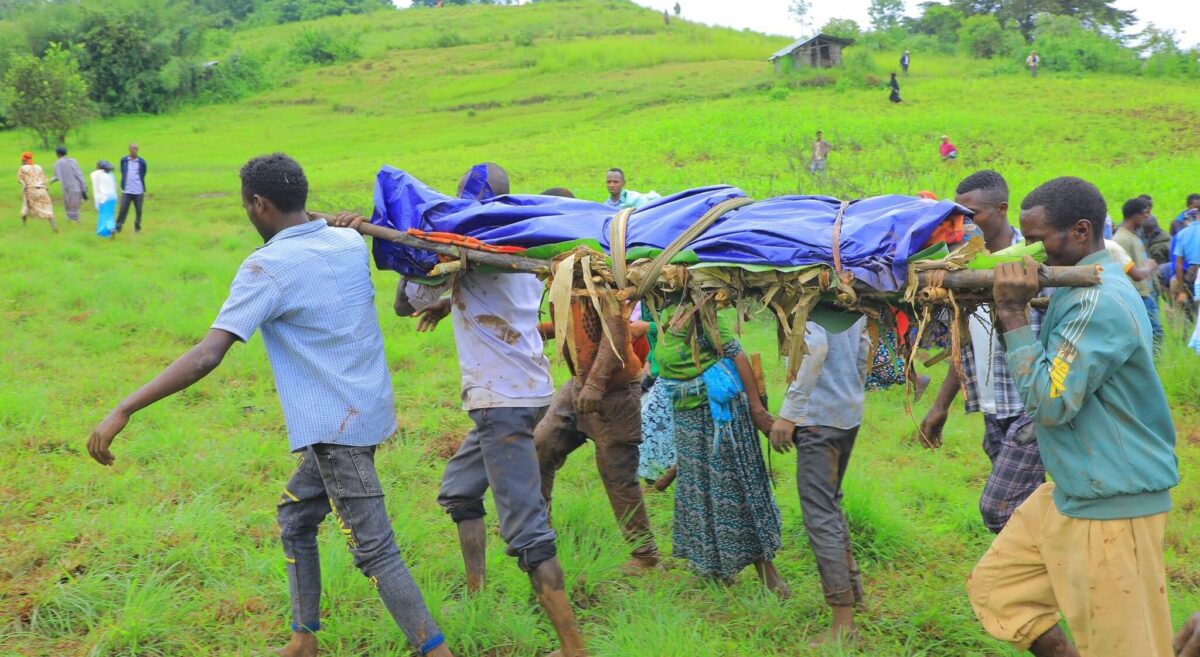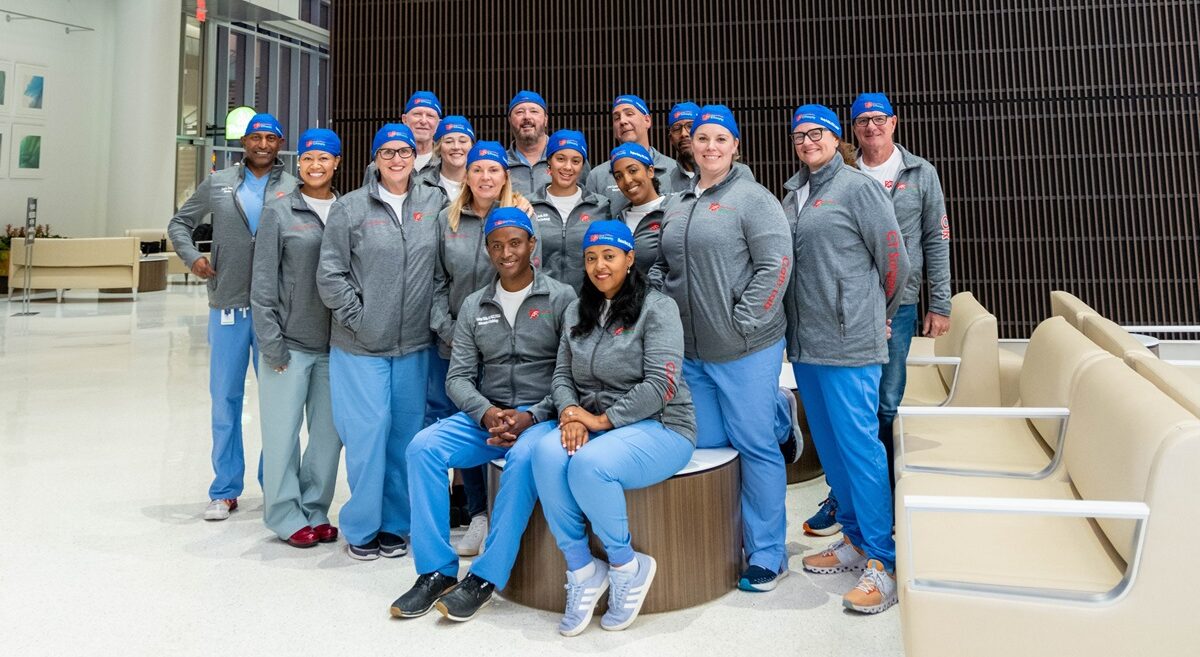
By Bereket Diriba @BekDiriba
Addis Abeba – Families of Ethiopian soldiers across the Oromia region have recently been informed about the killing of their loved ones during the two-year war in Tigray. However, unlike in Tigray, where similar announcements were made a few months ago, allowing families to mourn fallen combatants, the announcements in Oromia have only been silently disclosed to family members without any public statement from the regional government.
In Tigray, the interim regional administration had declared three days of region-wide mourning, with regional officials, along with individual residents, elites, and opposition political parties in the region, participating in the memorial ceremonies, comforting family members, and recognizing the sacrifices of the fallen soldiers.
Unfortunately, it would be difficult to expect similar remembrance ceremonies in the Oromia region in memory of youths killed in the same war. Currently, families in Oromia are forced to endure the pain of their losses on their own. Their fallen children will receive no honor for the sacrifices they made in the name of defending Ethiopia. Even if ceremonies were held, due to the Oromo political elite’s opposition to the current regime, the continuation of persecution in the region, and the prevalence of identity-based expressions of hatred directed towards Oromos in Ethiopia, among other reasons, the sacrifices of these youths would be felt truly only by their family members.
Many of these were recruited to the army to prevent the perceived return of the Tigray People’s Liberation Front (TPLF) to power and avoid a turn to what the government called the “dark ages.” In fact, the Oromo youth under the authoritarian rule of the TPLF-dominated EPRDF government have faced persecutions, unlawful arrests, torture, and killings. It was this oppression coupled with the marginalization and expulsion of Oromo farmers from around Finfinnee/Addis Ababa, further compounded by other long-simmering political demands of the Oromo people that led to the start of the Oromo youth protest against the TPLF rule, which finally forced it out of the central power in 2018.
This means, despite widespread government recruitment efforts, thousands of Oromo youths had reasons to join the federal army and fight back against Tigrayan fighters who had crossed the Tigray border to reach Debre Berhan, about 120 kilometers northeast of Addis Ababa.
However, beyond politics, economic hardships, and widespread desperation have also forced many of these youths from poor families to join the army. Workena, who was recruited into the ENDF from the Arsi zone of the Oromia region during the height of the Tigray war when TPLF forces were advancing towards Addis Ababa, is a case in point. Workena had been struggling to find jobs for years after dropping out of school following the passing of his father. At the time of his despair, a government recruitment for the Ethiopian defense forces came along. It was only a few months after he joined the army that he stopped calling his mother, who spent countless sleepless nights hoping to hear from her son. A year later, his mother received the news of her son’s killing.
The misery of the Oromo people and the absurdity of its youth’s death is nowhere more evident than in the ongoing war in the Oromia region, where both warring groups are led by Oromo political and military elites.”
This is the story of many youths in the Oromia region who fought and fell in successive wars in Northern Ethiopia. Thousands of young people died in the Ethio-Eritrea war defending Ethiopian territory, while many more perished in the name of law enforcement in the Tigray war. The death toll in the Oromia region and the wider southern Ethiopia could be high as these parts of the country contribute a large number of conscripts, reminiscent of Imperial Ethiopia’s legacy.
Moreover, as the Ethiopian defense forces continue to battle insurgents mainly in the Oromia and Amhara regions, thousands more Oromo youths fighting on either side could be killed and forgotten without receiving any tributes.
The misery of the Oromo people and the absurdity of its youth’s death is nowhere more evident than in the ongoing war in the Oromia region, where both warring groups are led by Oromo political and military elites. The war involving the Oromo Liberation Army (OLA) on one side and the Ethiopian defense forces on the other has been ongoing for over five years. The Oromo Liberation Army has been fighting against successive Ethiopian governments, claiming to ensure the Oromo people’s rights to self-determination.
The current conflict, an extension of the decades-long national struggle of the Oromo people, revolves around matters of unaddressed structural discriminations against Oromo people, issues of power and demands for justice, among other key factors. Underlying these factors is a double consciousness among Oromo political elites regarding the Oromo people’s relationship with the Ethiopian state, waging conflicts between those claiming to defend Ethiopia by ensuring Oromo’s interests within the Ethiopian state and those claiming to defend Oromos from the oppressive Ethiopian state. Consequently, young Oromo men and women continue to die for Ethiopia while also being killed in its name. There have been reports of incidents where members of the same family ended up fighting on opposing sides in the war.
While political elites from both camps claim victories against their enemies, the grieving mothers of deceased Oromo youth continue to cry in despair. The continued plight of the Oromo people raises questions about the intentions and determination of Oromo political elites in prioritizing their people over themselves.
The key to ending this tragedy lies in whether these elites will take bold actions to resolve their differences through dialogue and compromise or whether they will allow for the death of thousands of Oromo youth and destruction in the region to continue.
The current leadership of the country should take the initiative to break away from the past order of strongman rule and authoritarianism. After all, it is on the promise of ensuring a transition to democracy that the current leadership came to power, emulating change makers like Mandela.”
The political and security crisis in Oromia emanates from the absence of democratic and inclusive rule at the federal and regional government levels. Autocratic rule also contradicts the values and traditions of the region, with a rich culture of collective democratic leadership in its past. The ongoing civil war in Oromia also shows that the region cannot be run like in previous years with absolute control of a single political party. Attempts to do so will only exacerbate catastrophe and call for similar political developments that have been witnessed in the region over the past decades.
Accordingly, the solution to the crisis in the Oromia region lies in the establishment of an inclusive democratic political order. Such an inclusive process needs to involve major opposition political groups or parties in the administration of the region, unlike the previous attempts of assigning individual opposition political figures to different posts. The current leadership of the country should take the initiative to break away from the past order of strongman rule and authoritarianism. After all, it is on the promise of ensuring a transition to democracy that the current leadership came to power, emulating change makers like Mandela.
The current crises and opportunities for dialogue are second chances to live up to this promise after the derailment of the 2018 transition. The opposition political forces should also learn from the failure of talks in 2018 and come up with a different approach. The talks are not meant to replace the ruling party with the opposition but to ensure inclusive rule that involves everyone and creates a balance of power among regional factions. The sole purpose of the dialogue should not be grabbing power, but rather creating an inclusive transition to election-based democratic governance.
Despite the failure of the past two peace talks between the Oromo Liberation Army and the Federal Government of Ethiopia, residents of the Oromia region expect the regional factions to seize the current window of opportunity for dialogue and resolve their differences, ultimately silencing the guns that are costing the lives of youth in the Oromia region.
Furthermore, beyond resolving their differences, the Oromo elites are expected to play a role that aligns with their large constituency and its rich values in stabilizing Ethiopia and making it an anchor in the volatile Horn of Africa region. AS
Editor’s Note: Bereket Diriba, holds an MSc in Politics of conflict, rights and justice from SOAS, University of London. He is a practitioner and researcher on Peace-building, conflict, and politics in Ethiopia. He can be reached at diribabereket@gmail.com








